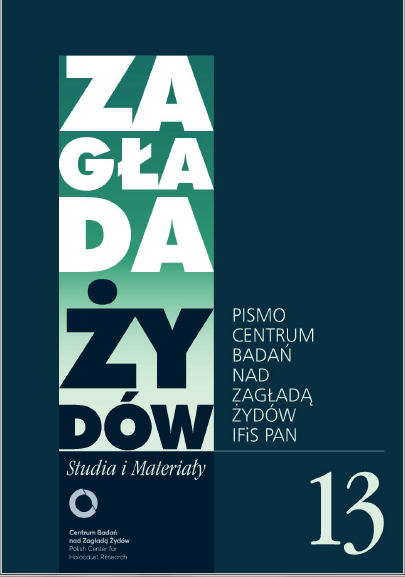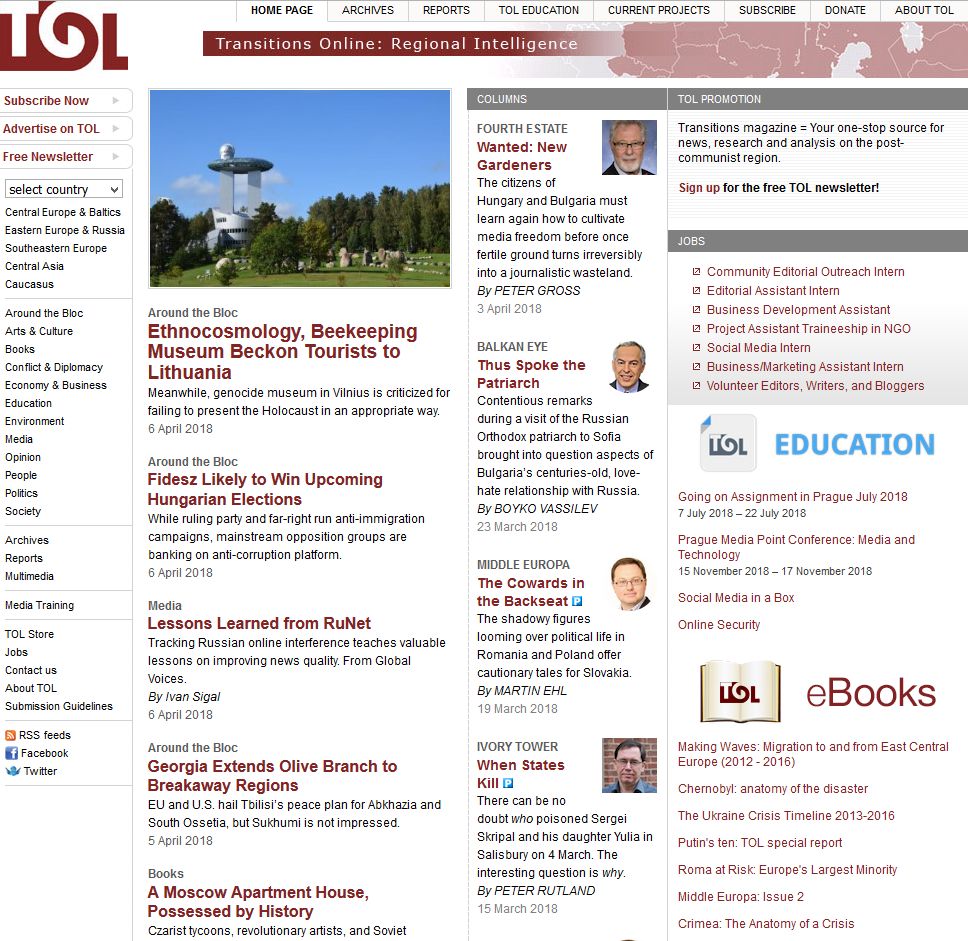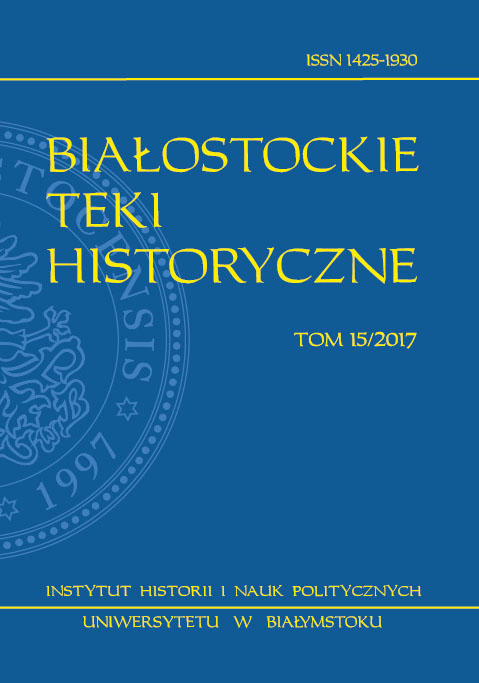
Michel Borwicz: między Polską a Francją, między literaturą a historią
Michał Borwicz was a Polish poet, prose writer, and a publicist of Jewish origins. During the Nazi occupation he was resettled to the Lvov getto, and in the years 1942–1943 he was imprisoned in the Janowska concentration camp. He managed to escape and next he was active in the resistance movement. After the war as a director of the Jewish Historical Commission in Kraków he tried to collect and publish testimonies of the Holocaust survivors. In 1947 he decided to emigrate to France. In 1953 Borwicz defended his doctoral dissertation at the Sorbonne. The dissertation was published the same year. It presents writings of people “condemned to death” under Nazi occupation, and is considered a pioneer study of literature and writing practices in the camps and ghettos. Unfortunately the singularity of the author and the strength of his work are still underestimated.
More...

